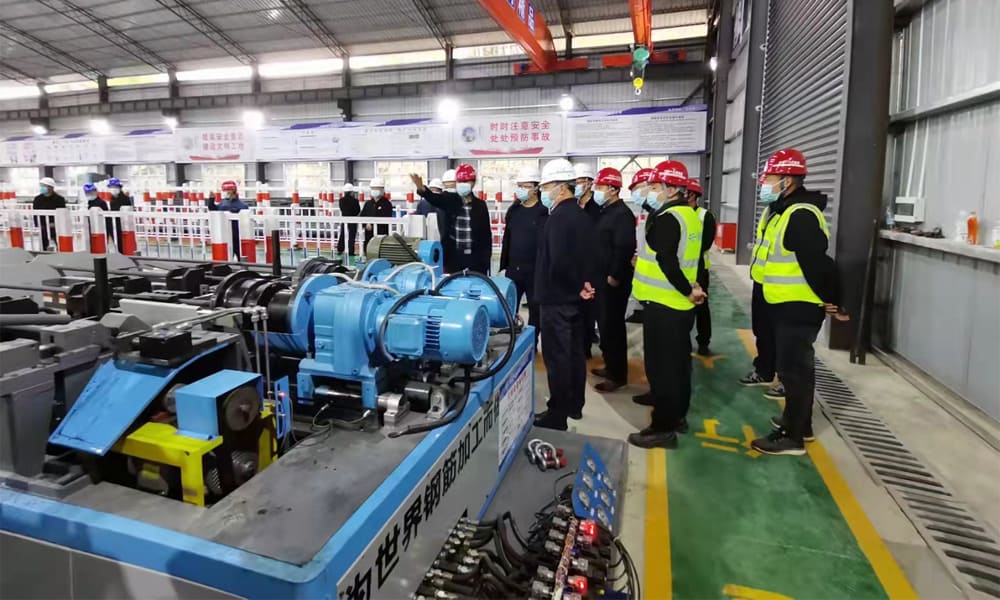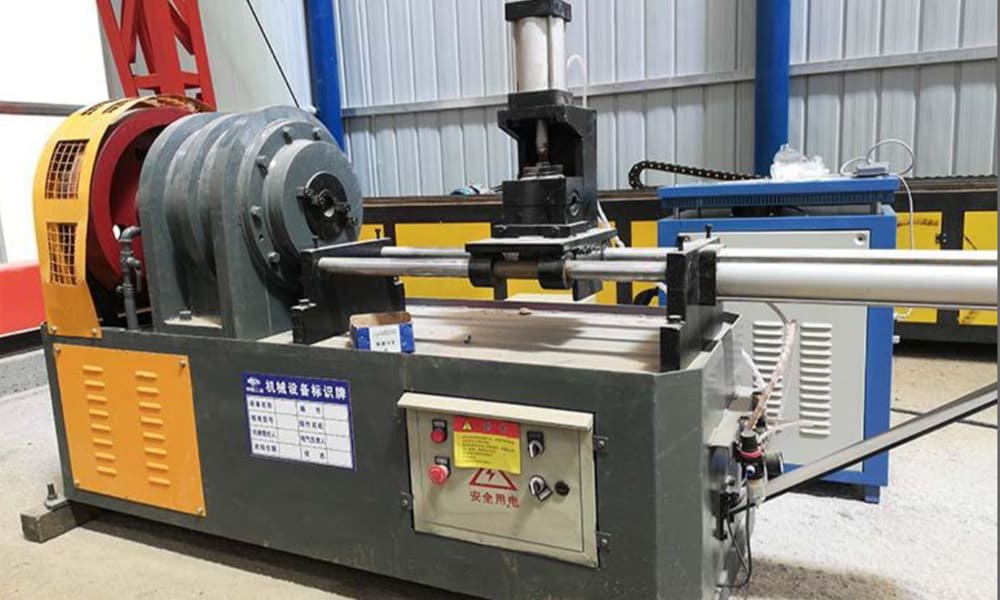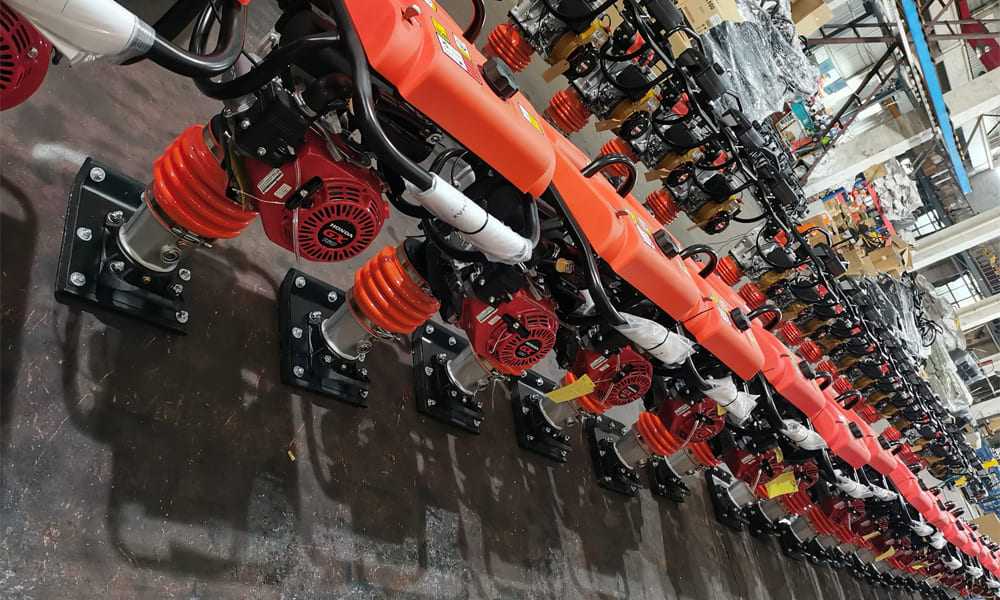Tube Tipping Machine is a specialized tool used in the manufacturing of various pipes and steel sections. It finds extensive applications in tunnel support, mining, construction engineering, and grouting technology. Our model stands out by integrating the best features of similar equipment available on the market. With robust motors, noise reduction mechanisms, versatile molds, and premium imported components, this machine streamlines production processes. It can effectively replace 5-8 manual workers, leading to significant cost savings by eliminating the need for acetylene and oxygen while reducing consumable expenses.
Key Features:
- Enhanced Efficiency: Our machine ensures standardized, high-quality outputs with minimal production time, delivering flawless results without blemishes.
- Cost-Effective: As manufacturers, we offer competitive ex-factory prices, bypassing middlemen markups to provide better value for customers and foster long-term partnerships.
Operating Principle:
The operation of the compact tube tapering machine is driven by a motor connected to a flywheel via a V-belt. As the main shaft rotates, centrifugal force is generated, driving the impact block and mold to shape the tapered tube efficiently. The machine’s advanced structural design ensures stability and speed during operation. It features imported clamping dies for enhanced grip and stability, minimizing any swaying or irregular movements. The belt drive system guarantees precise dimensional accuracy, while its flexible and reliable transmission mechanism saves labor and processing time.
Supporting Principles:
- Advanced small conduit technology proves highly effective in stabilizing excavation sites, particularly in weak and fractured rock formations. By reinforcing loose rock strata and enhancing stability through grouting, it prevents potential collapses, ensuring safer working conditions.
- This method is ideal for stabilizing weak tunnel arches, loose soil layers, and broken rock formations, improving their self-stabilizing properties.
- Grouting through small conduits alters the structural integrity of surrounding rock formations, filling voids and cracks with cement slurry to create a solid, waterproof barrier. This consolidation process significantly strengthens the surrounding rock, reducing the risk of instability and collapse.
Grouting Process:
- Select grouting materials based on soil conditions, ensuring optimal penetration and consolidation.
- Adjust grouting volume and pressure as per testing results to achieve desired outcomes.
- Employ appropriate grouting methods such as penetration, extrusion, or jet grouting based on soil type.
- Ensure grout materials possess suitable properties for strength, impermeability, and durability.
- Prioritize simplicity, convenience, and safety throughout the grouting process, adhering to engineering standards and guidelines.





